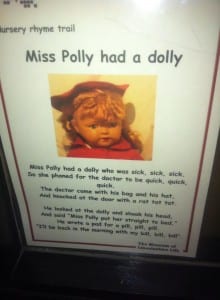I watch, I’ve always watched. It used to be the case that I enjoyed watching, especially on race day. I think it was the atmosphere that I enjoyed more than anything, bounding and echoing between my walls. I witnessed the making of many fortunes, as well as the loss of many pay packets. The words of description which seem to encapsulate a race day are those such as excitement, anticipation and emotion, coupled with the likes of disappointment, inadequacy and regret. Now that’s all over and they’re all long gone, the punters and the races. I was lonely after they went, and lonely I still am, but never have I been as lonely as I was in the week of the 24th May 1969. The atmosphere that I had so longed to return to me had manifested itself not half a mile away over the West Common. I watched as a dome at least three times the size of my self was erected and I watched as revellers enjoyed days and night of fun and entertainment. The breeze carried distorted versions of swing numbers and echoes of compare’s telling jokes over to my terraces where the only echoes which previously resided were echoes of the past. I longed, then, for that past and for the attention and the importance and yet, they all passed me by without so much as a second glance. And now, (would you believe it?) all these years later, I am to host my own sample of EXPO69. So here is my plea to you, audience member; Imagine you are there, imagine the atmosphere, the excitement and the possibilities, smell the smells, hear the sounds and see the sights. Let me watch like I always have and see, for the first time in years, happiness, affection and appreciation.
Regards,
The Grandstand
When discussing ideas for the EXPO installation piece, it was suggested that we reverse a task that we did in a workshop session at the beginning of the course where we wrote a letter to the grandstand. Here is the result. Obviously I was writing with the EXPO in mind and, as a result of this task, have created a piece that could be used in a number of ways to enhance the installation, either by having it printed for the audience to read or as a voice over in amongst other written works belonging to other collaborators on the project.
This post was simply to share my process.



